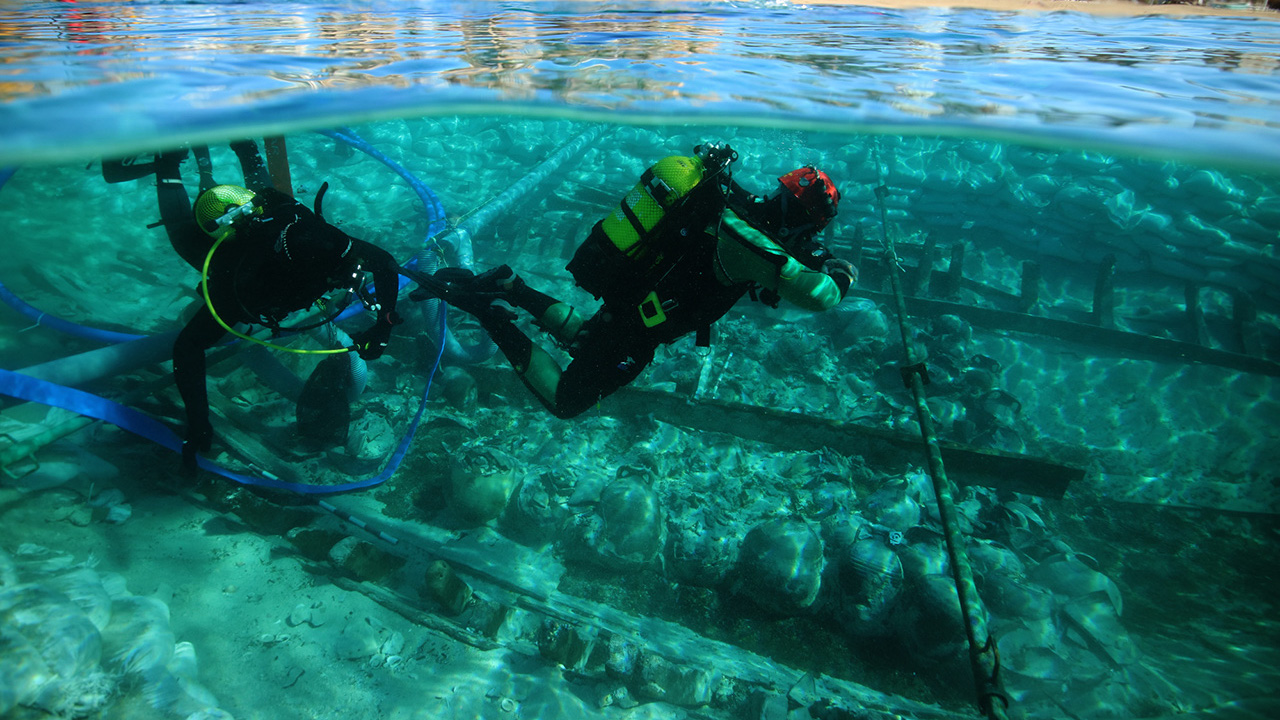Atmosphere, Vol. 15, Pages 465: Anthropogenic Impacts in the Lower Stratosphere: Scale Invariant Analysis
Atmosphere doi: 10.3390/atmos15040465
Authors: Adrian F. Tuck
Aircraft and rockets entered the lower stratosphere on a regular basis during World War II and have done so in increasing numbers to the present. Atmospheric testing of nuclear weapons saw radioactive isotopes in the stratosphere. Rocket launches of orbiters are projected to increase substantially in the near future. The burnup of orbiters has left signatures in the aerosol. There are proposals to attenuate incoming solar radiation by deliberate injection of artificial aerosols into the stratosphere to “geoengineer” cooling trends in surface temperature, with the aim of countering the heating effects of infrared active gases. These gases are mainly carbon dioxide from fossil burning, with additional contributions from methane, chlorofluorocarbons, nitrous oxide and the accompanying positive feedback from increasing water vapor. Residence times as a function of altitude above the tropopause are critical. The analysis of in situ data is performed using statistical multifractal techniques and combined with remotely sensed and modeled results to examine the classical radiation–photochemistry–fluid mechanics interaction that determines the composition and dynamics of the lower stratosphere. It is critical in assessing anthropogenic effects. It is argued that progress in predictive ability is driven by the continued generation of new and quantitative observations in the laboratory and the atmosphere.

 3 weeks ago
9
3 weeks ago
9


